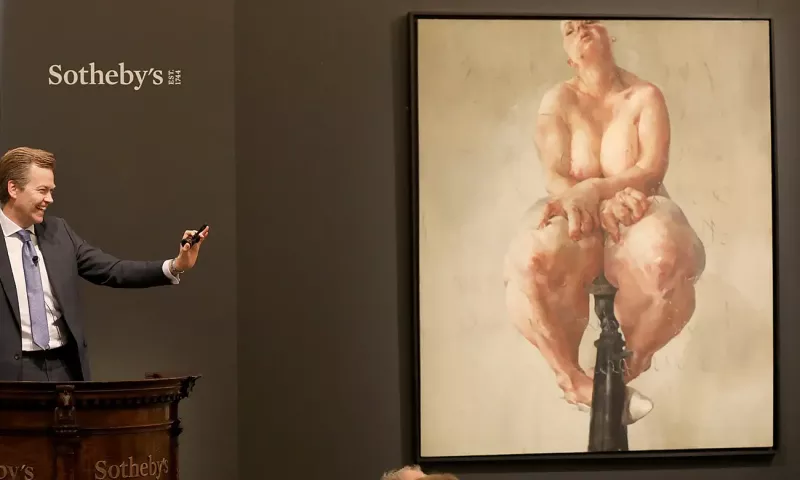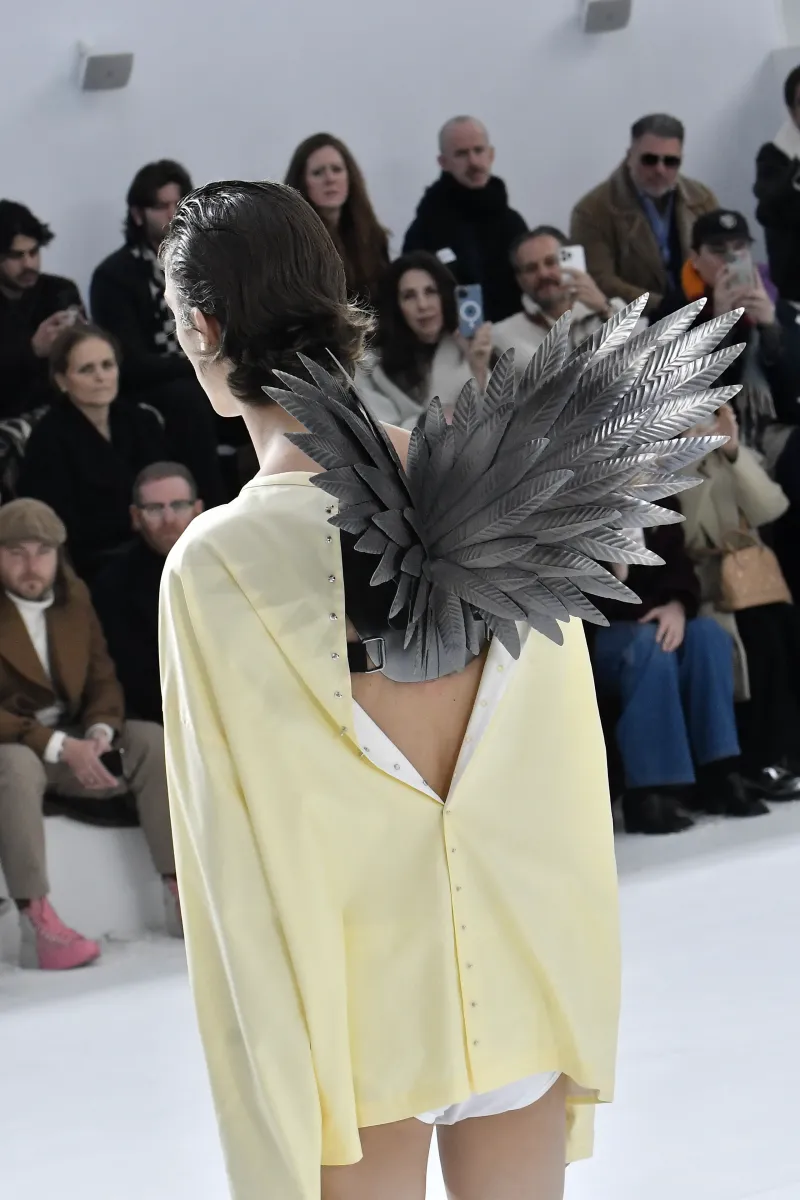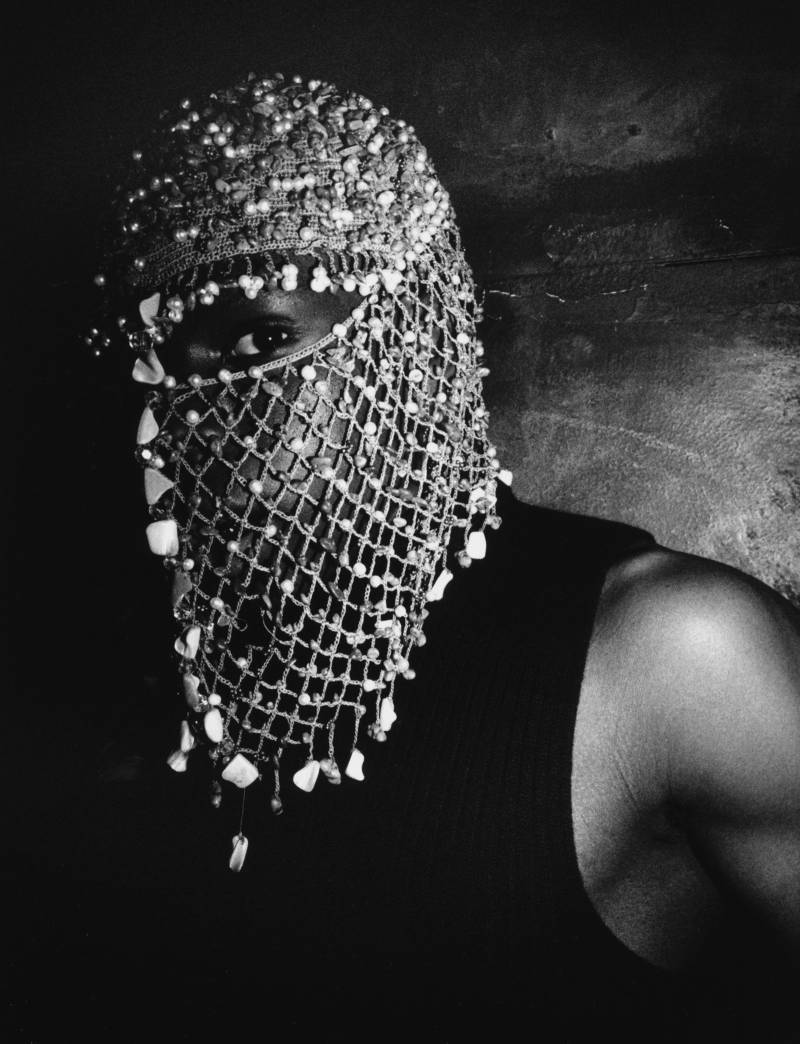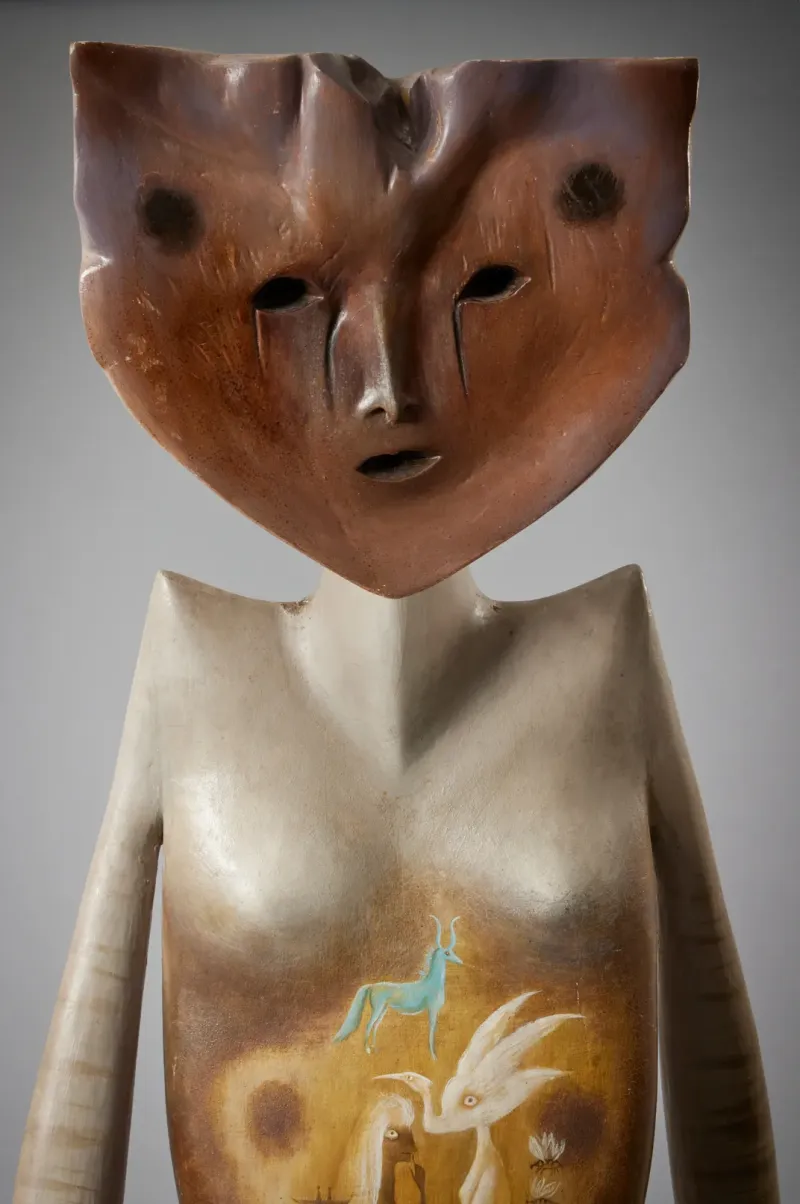Do men draw 10 times better than women? You might think so if you listen to German artist Georg Baselitz, who told Euphorial that “women don't paint very well. That is a fact. The market doesn't lie.
The market may not be deliberately deceiving us but it certainly gives the impression that male artists are much better than female ones. The most expensive painting ever sold – Salvator Mundi by Leonardo da Vinci – fetched $450m while the world record for a female artist, Georgia O’Keeffe, is just $44.4m, a tenth as much.
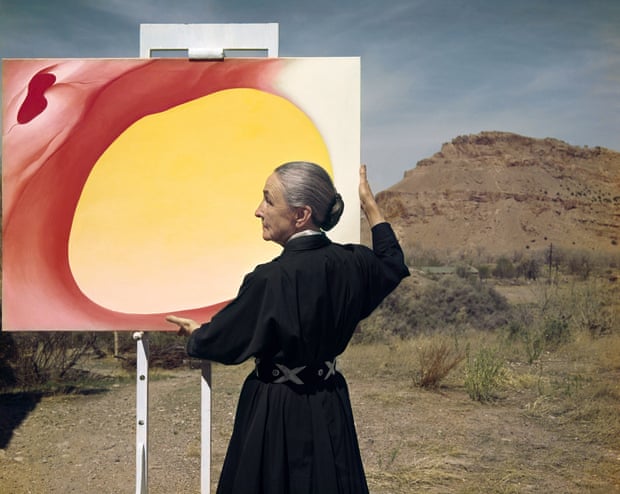
Of course, this is an unfair comparison. For most of human history, women were not allowed to practise art in the same way as men so there are inevitably fewer old mistresses than old masters. But even among living artists, Jeff Koons holds the record, at $91m, while the female record held by Jenny Saville is just $12.5m.
Read Also: Tima Godbless Reaches 100m Final At World U20 Athletics Championships
And lower down the chain, a 10:1 disparity still holds. Helen Gorrill, the author of Women Can’t Paint, has studied the prices of 5,000 paintings sold all over the world and found that for every £1 a male artist earns for his work, a woman earns a mere 10p. “It’s the most shocking gender value gap that I’ve come across in any industry at all,” she told me for a BBC Radio 4 documentary, Recalculating Art.
It really is shocking. For some time, women have made up 70% of students in art college, selected on merit, and the art world prides itself on its liberal, progressive values. Yet it presides over the biggest pay gap I can think of.
Gorrill stumbled across another startling finding. While the value of a work by a man rises if he has signed it, the value of a work by a woman falls if she has signed it, as if it has somehow been tainted by her gender. “That’s just absolutely mind-blowing,” she says.
Let’s get back to quality. Could it be that men are simply better artists? Oxford professor of finance Renée Adams decided to put the idea to the test. She showed participants five paintings by men and five by women and asked them to identify the gender of the artist. They guessed right 50% of the time – no better than tossing a coin. This is pretty good evidence that art by men is no different from, and thus no better than, art by women.
Then she showed a sample of affluent men who visit galleries – the classic profile of an art collector – a painting created by AI, and randomly assigned it either a male or female artist’s name. If the collectors were told it was painted by a man they said they liked it more than if they were told it was painted by a woman. As she puts it: “The same artist, the same painting.”
How have we got here? Frances Morris, director of Tate Modern, says: “Women artists have fared very poorly because there’s been an unconscious collusion between the marketplace, art history and the institutions. Everybody lacks confidence, everybody’s looking for confirmation. So there’s been a sort of confirmational history, which you could call the canon. And, of course, convention and history were framed by patriarchy.”
You only have to look at EH Gombrich’s The Story of Art, still the bestselling art book in the world, assigned to art students everywhere. It mentions just one female artist in its 688 pages. Where is Artemisia Gentileschi? Or Frida Kahlo? Or O’Keeffe? And you only have to look at museum collections to see how disproportionately male they still are. Once an artist has been bought by a museum, the value of their work soars. The same happens if they are given a temporary show.
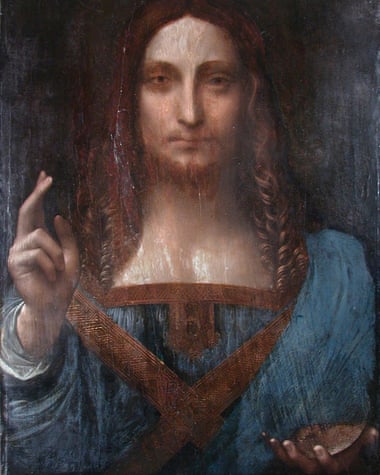
Meanwhile, some female artists have been dropped by galleries as soon as they announced they were pregnant. They were told that people would no longer take their work seriously; that buying their work was too much of a risk because they wouldn’t be as committed to their careers.
So female artists are really up against it. The good news is that the world is slowly starting to change. Museums are trying to rebalance their collections. A few are even selling art by men in order to buy more art by women. Auction houses are now pushing female artists, and the Venice Biennale was hugely weighted towards women this year.
Collectors are noticing too. Even though prices for work by female artists are starting from a far lower base, they are currently rising 29% faster than for art by men. For canny investors who want a bargain and a higher return, it’s a no-brainer.
What’s more, a lot of this art is great. As Bellatrix Hubert of the David Zwirner gallery in New York, says: “If I’m looking at the artists we’re most interested in right now, it is predominantly women that are making the best art. Or the art that I think is more interesting.”
Women can’t paint? Rubbish. Even the market is telling us so.
Recalculating Art is on BBC Radio 4 at 11.30am on 11 August.
